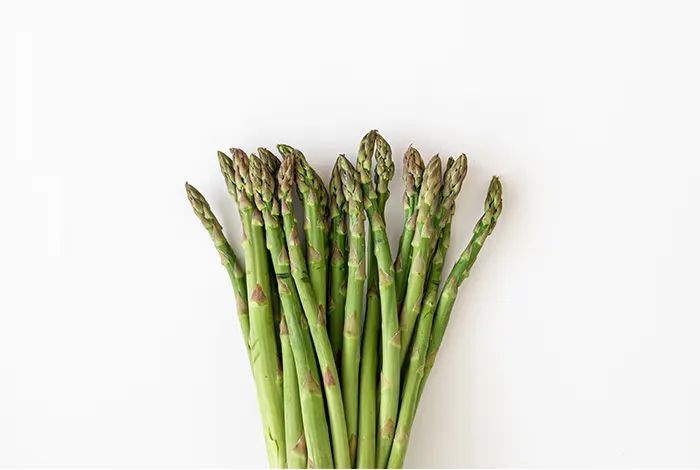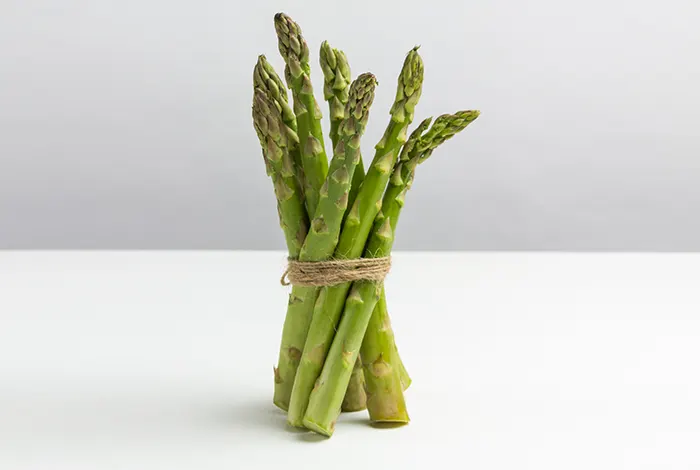ASPARAGUS
ASPARAGUS BABY
Baby asparagus is the young, tender version of mature asparagus, with thin, delicate stalks and a mild, slightly sweet flavor. It cooks quickly and is ideal for light sautés, salads, or steaming. Despite its small size, baby asparagus is packed with vitamins A, C, and K, which support immunity, eye health, and bone strength. It’s also rich in folate—essential for cell growth and prenatal health—and contains antioxidants that help reduce inflammation. Its fiber content aids digestion and promotes a healthy gut.
ASPARAGUS GREEN
Green asparagus is the most common variety, known for its grassy flavor and firm, tender stalks. It’s widely used in roasted dishes, soups, pastas, and salads.Green asparagus is a nutritional powerhouse, loaded with vitamins K and C, folate, and iron. It helps strengthen bones, improve blood circulation, and support metabolic health. With antioxidant properties and natural diuretic effects, it also aids detoxification and reduces bloating.
ASPARAGUS WHITE
White asparagus is grown underground to prevent chlorophyll formation, resulting in its pale color and more delicate, slightly bitter flavor. It’s considered a delicacy in European cuisine.Rich in fiber, vitamin C, and potassium, white asparagus supports digestion, immunity, and heart health. It’s also known for its low calorie content and mild anti-inflammatory benefits. Its subtle flavor makes it a perfect fit for creamy sauces and gourmet dishes.
ASPARAGUS PURPLE
Purple asparagus stands out with its vibrant color and slightly sweeter, nutty taste. The purple hue comes from anthocyanins, powerful antioxidants.In addition to the typical asparagus benefits—high in fiber, folate, and vitamins A and C—purple asparagus offers extra antioxidant protection due to its anthocyanin content, which supports heart health and reduces oxidative stress. It’s delicious grilled, roasted, or even eaten raw.









Reviews
There are no reviews yet.